There is something to be said for a classic, older home. Whether you are looking for stately elegance, or just love the old neighbourhood it’s in, you might decide that an older home is right for your family.
But, before you commit, there are a few things you should know. If you’re looking at a home that has been around for 30 years or more, check for these common issues that could impact your insurance premiums.
The Top
When looking at an old home, be sure to give the roof and attic space a thorough inspection. Roofs generally have a life expectancy of 25 years. If a home has been around significantly longer than that, it is useful to know when it was last re-roofed.
Every year over that life span increases the chance of leaks and water seepage. Water damage left unnoticed and untreated can cause mould and other unpleasantness that can turn a home into both a health risk and a money pit. An old roof might just mean a higher insurance rate, so be sure to factor that into your consideration when looking at a place.
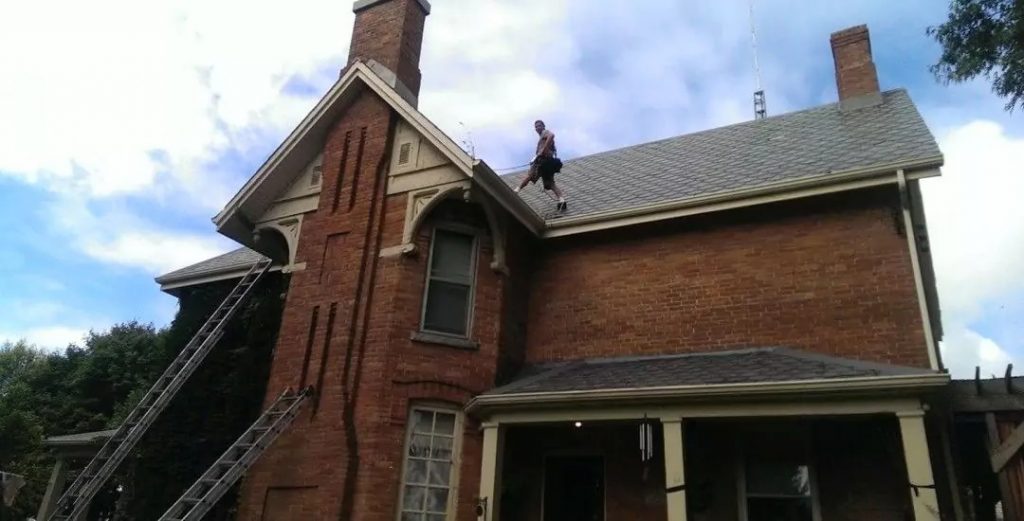
The Bottom
Aging sewer lines and septic tanks are a recipe for trouble. Corrosion and age can cause leaks and seepage that nobody wants to deal with. If you’re looking at an older home, take the time to scrutinize these lines. Ask when they were last replaced and if there has been any history of trouble with them. Not something anyone wants to deal with, but better to get ahead of this particular problem than cleaning up a mess later.
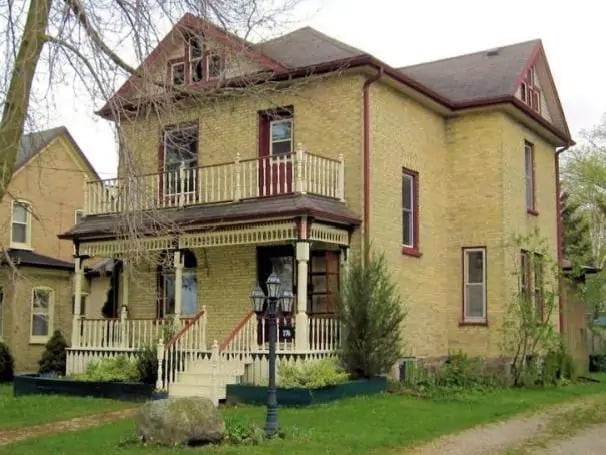
Galvanized Pipes (they’re not just the unsuccessful follow-up to “Tubular Bells”)
It’s extremely doubtful that you’re going to find any place still using lead pipes in this day and age, but you might not think twice about galvanized steel. This was an extremely common material for plumbing before the 1950’s and was considered quite good at the time. Unfortunately, galvanized steel only has around a 50 year life expectancy, so all of those quality plumbing set-ups are now very much past their prime. If a home still has galvanized pipes, they may need to be replaced to secure a good home insurance policy.
Wood Stoves and Other Antiques
Who doesn’t love the classic appeal of a real, authentic, and working wood stove?
Well, insurance companies unfortunately.
A wood stove isn’t a deal breaker for your home insurance, but it might raise some eyebrows. Improperly maintained and utilized, wood stoves can become a very real fire hazard. It is likely that you’ll need to have a wood stove inspected before clearing your insurance policy.
This goes for oil tanks as well. You may not necessarily need to replace an oil tank, but if it is more than 25 years old, it will definitely require an inspection. Really, this is a reasonable precaution you would want to take anyway. Older oil tanks that have rusted or leak can present a tremendous danger. Better to be certain than to take a chance!
A Shocking Discovery
Looking at a place built in or before the 1950’s? Then you need to be more concerned about wires than Donny Brasco during a surprise pick up game of “shirts and skins.” Older homes can play host to all manner of electrical problems that inflate the rate of, or even prevent you from attaining, home insurance.
Every modern home runs on 100 or 200 amp service, more than enough to power all those electricity gulping devices such as air conditioners, toasters, washers, and dryers. Older homes though, they used to run on a meagre 60 amp set up, which won’t be up to the task. It’s very likely you’ll need to up those amps before you will be insurable.
More distressingly though, many older homes were built using knob and tube wiring. The number of places still kicking around using this kind of set up are dwindling, but depending on which neighbourhood and area you’re looking in, it’s entirely possible to still find homes wired this way. While there is some debate as to exactly how dangerous knob and tube wiring really is, the fact of the matter is that insurance companies take a dim view of it and consider it dangerous. Many insurance companies flat out refuse to insure a home wired this way. So tread carefully and consult with your broker before committing to a home you may have to completely re-wire, no matter how nice it is.
Assemble a Team!
Hiring a home inspector should be a given for any new home purchase, but it is particularly important when dealing with an older home. Be sure to get one with experience looking at older homes who knows the danger signs and tells to watch for.
Also, talk with your broker! Your insurance broker is there to make sure you always get the best deal on your insurance and can provide helpful advice during the home selection process. Don’t get hit with a nasty surprise later, call up a Staebler Broker and let them help you make an informed choice.


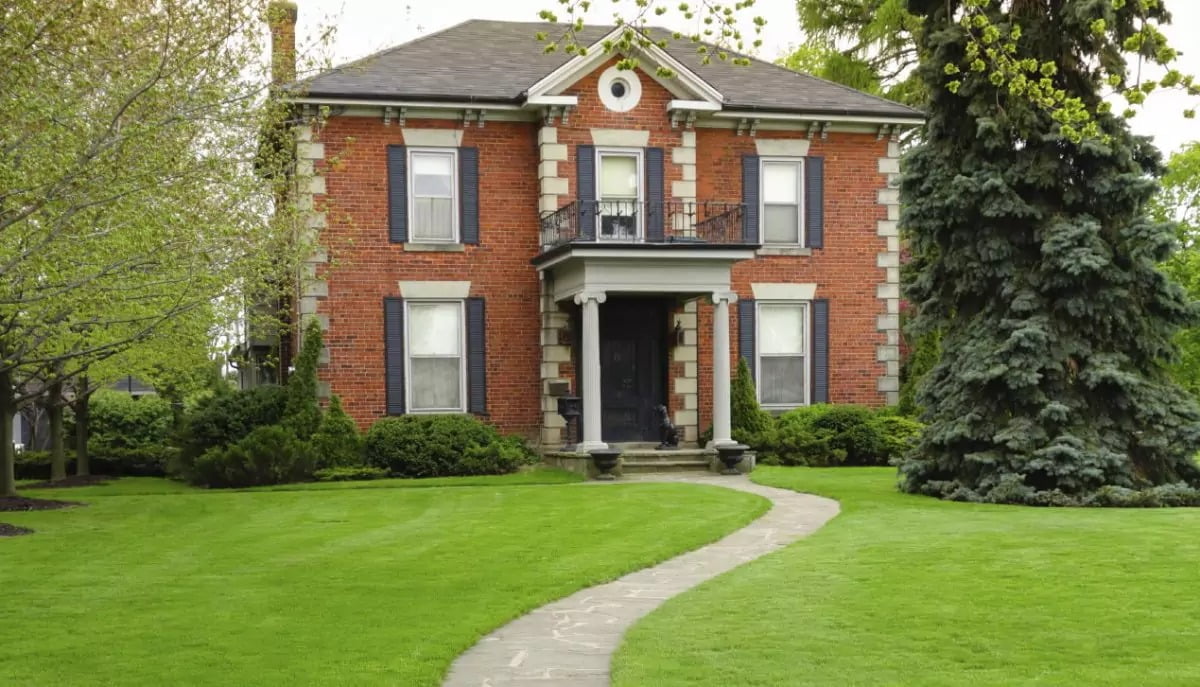

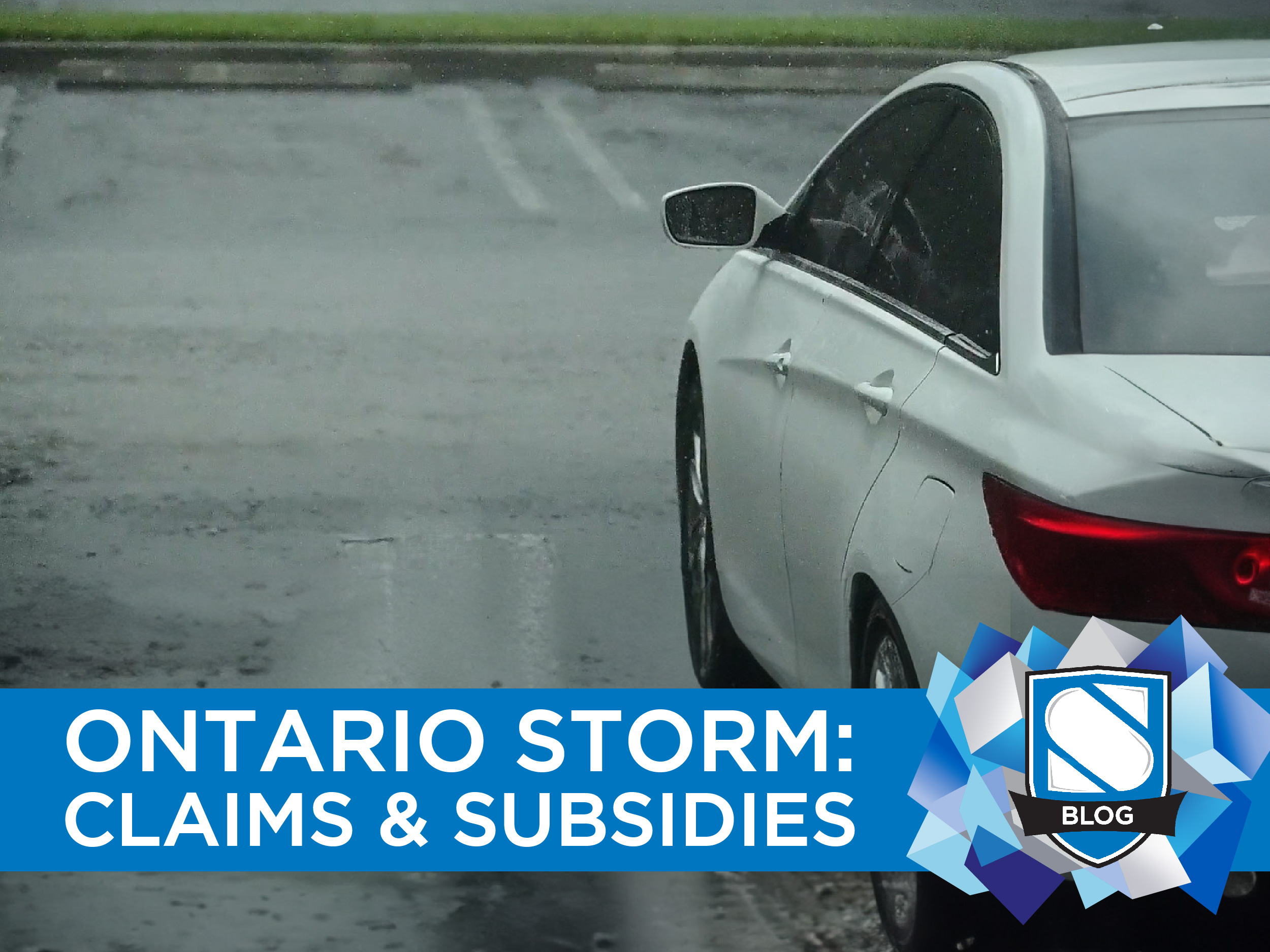
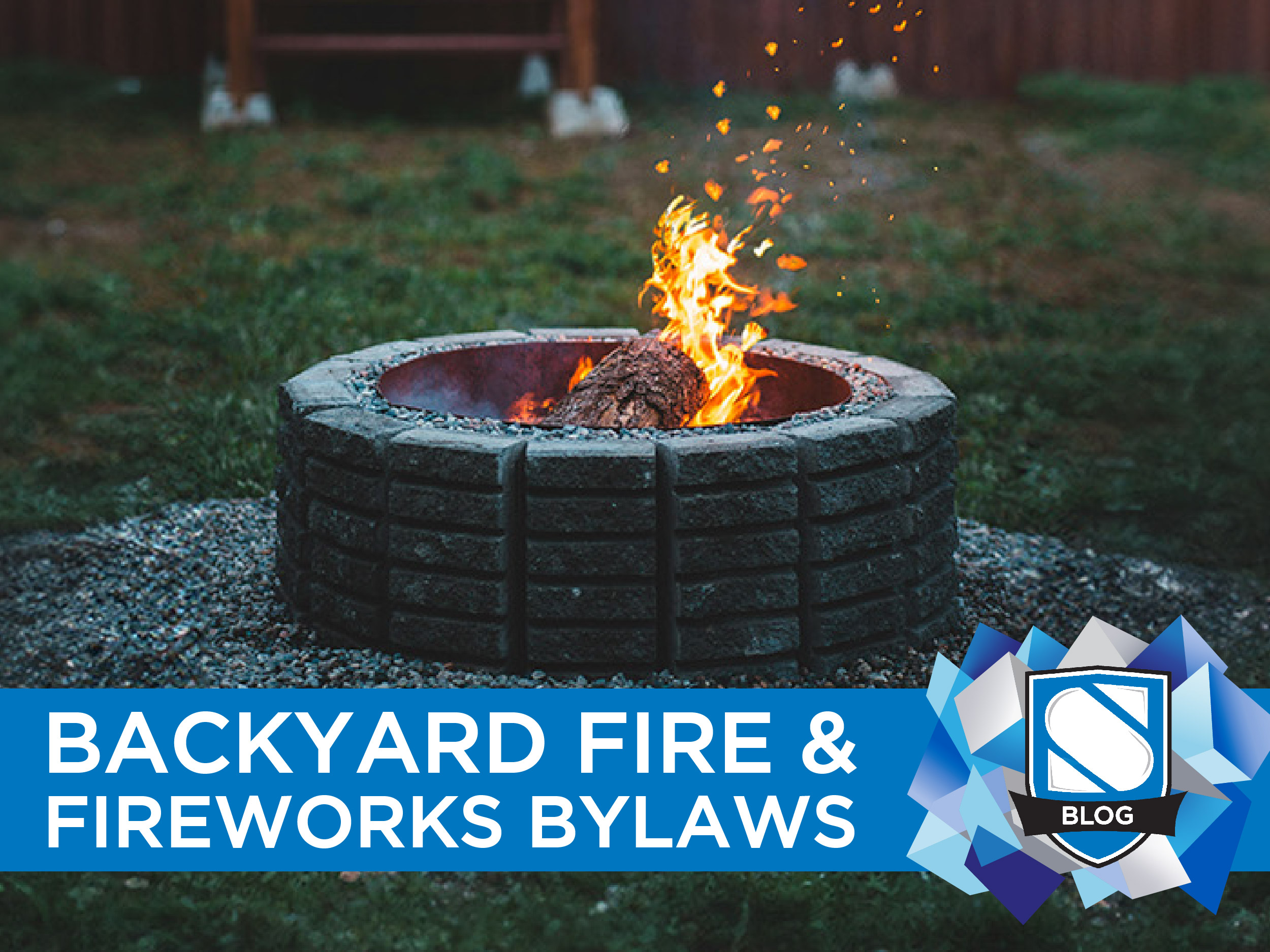

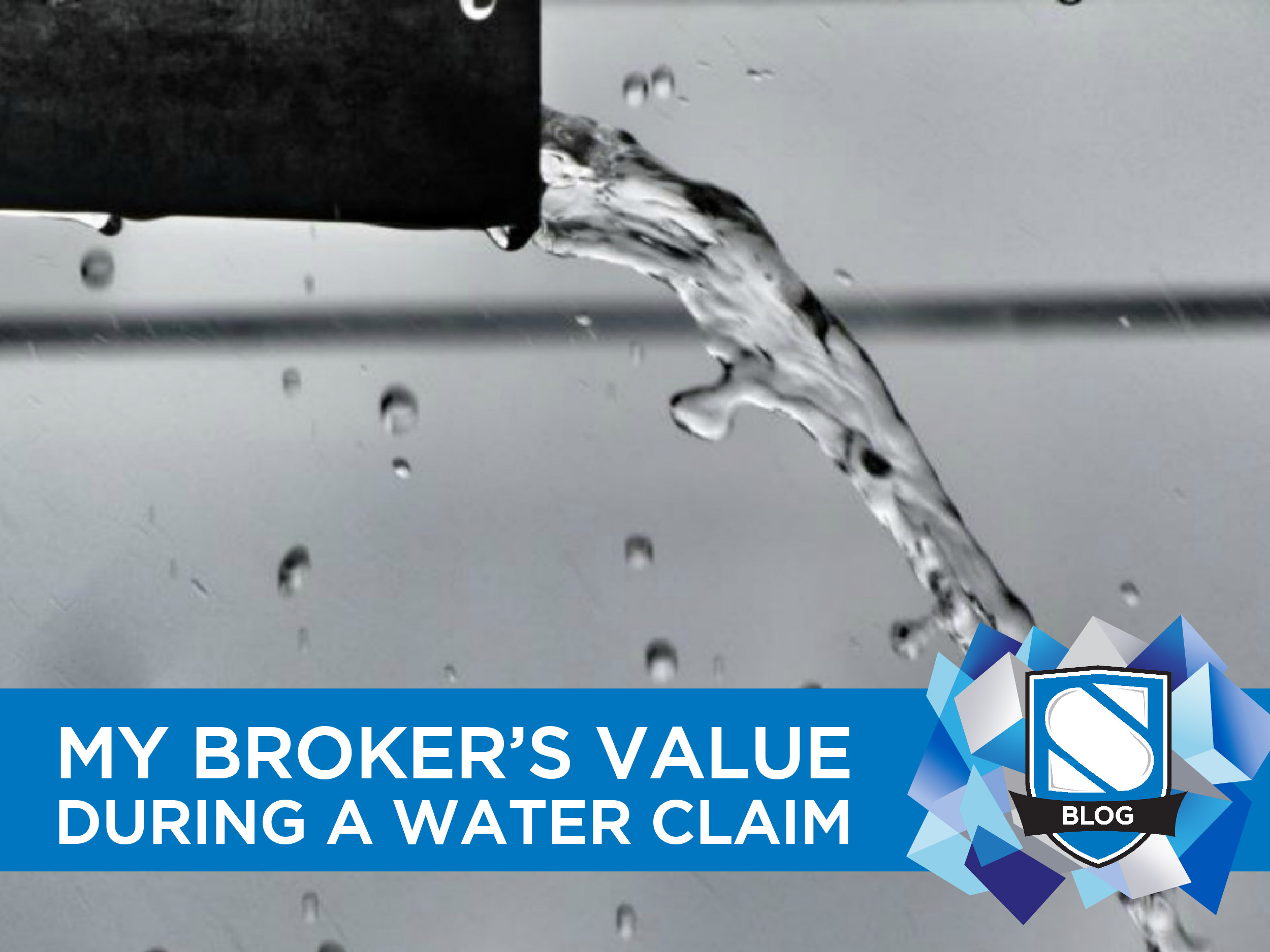



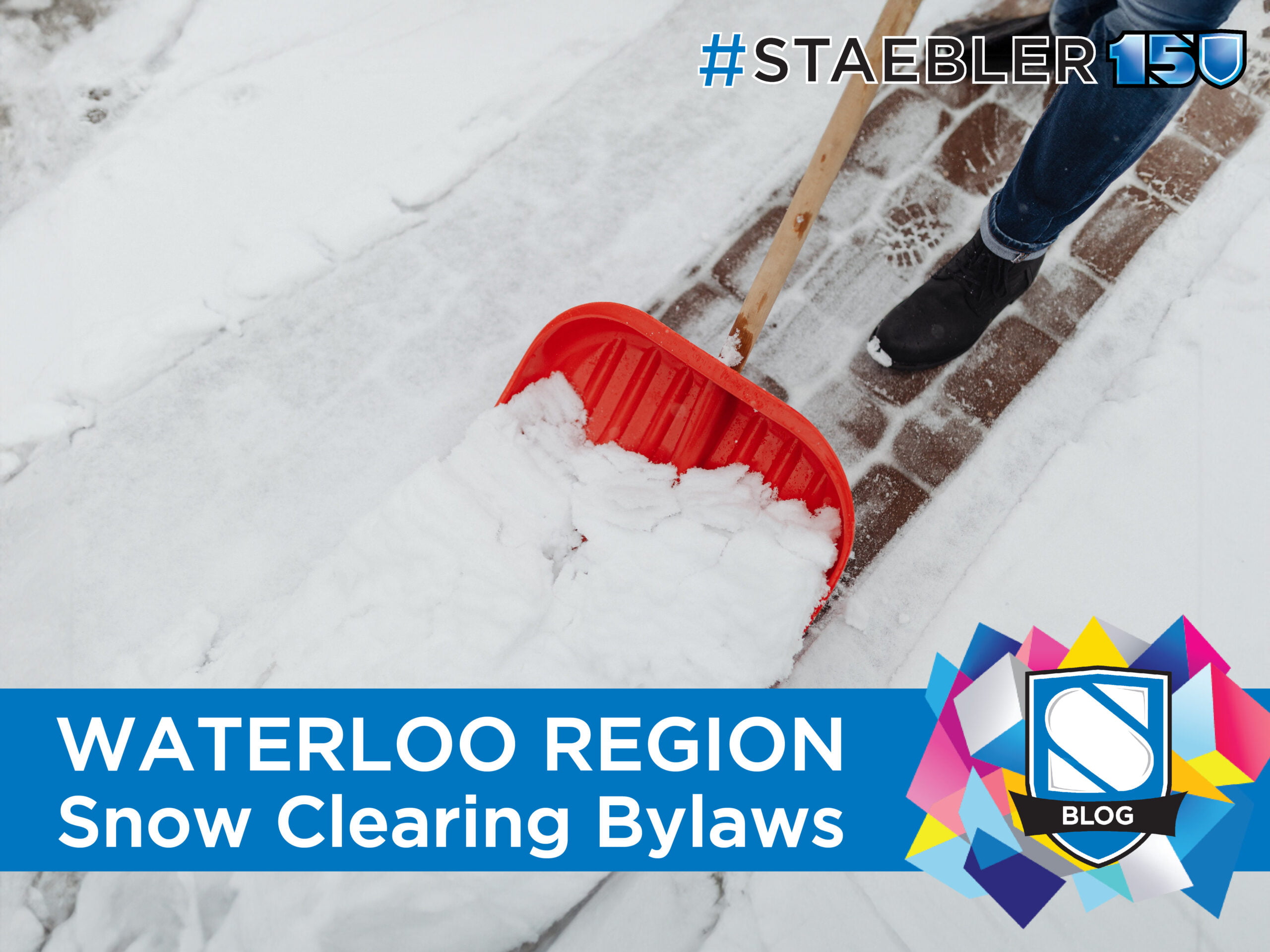
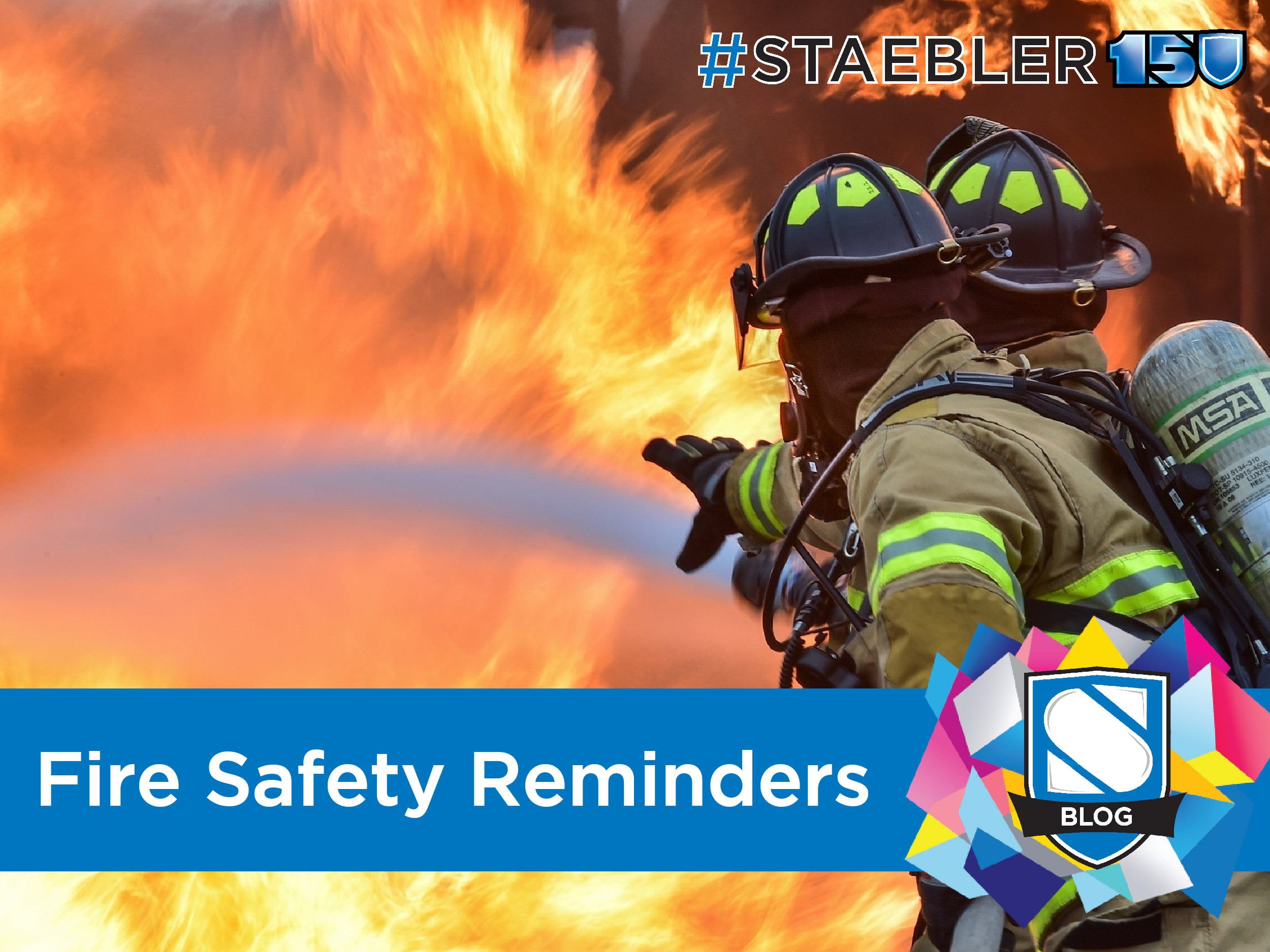
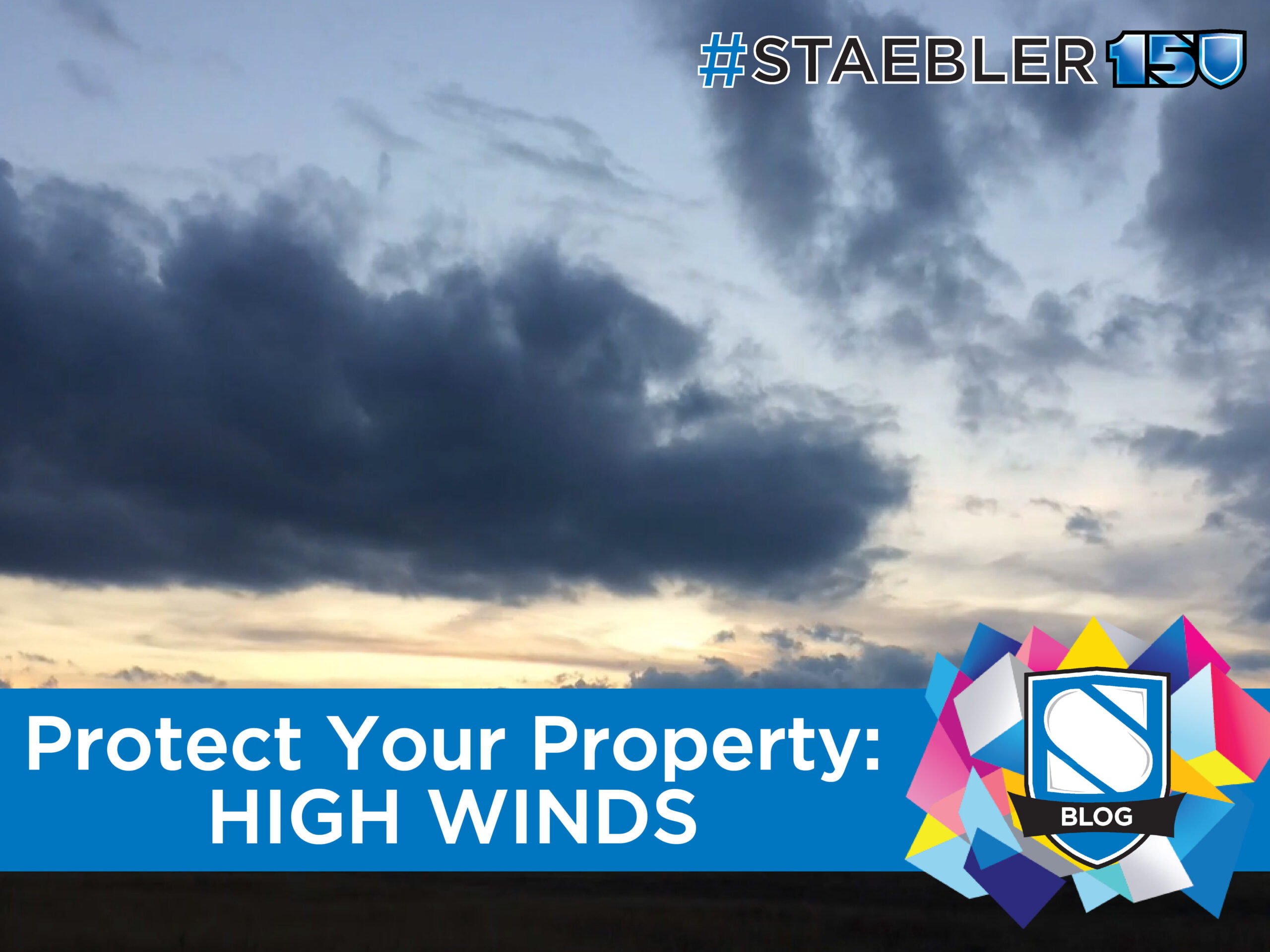
0 Comments